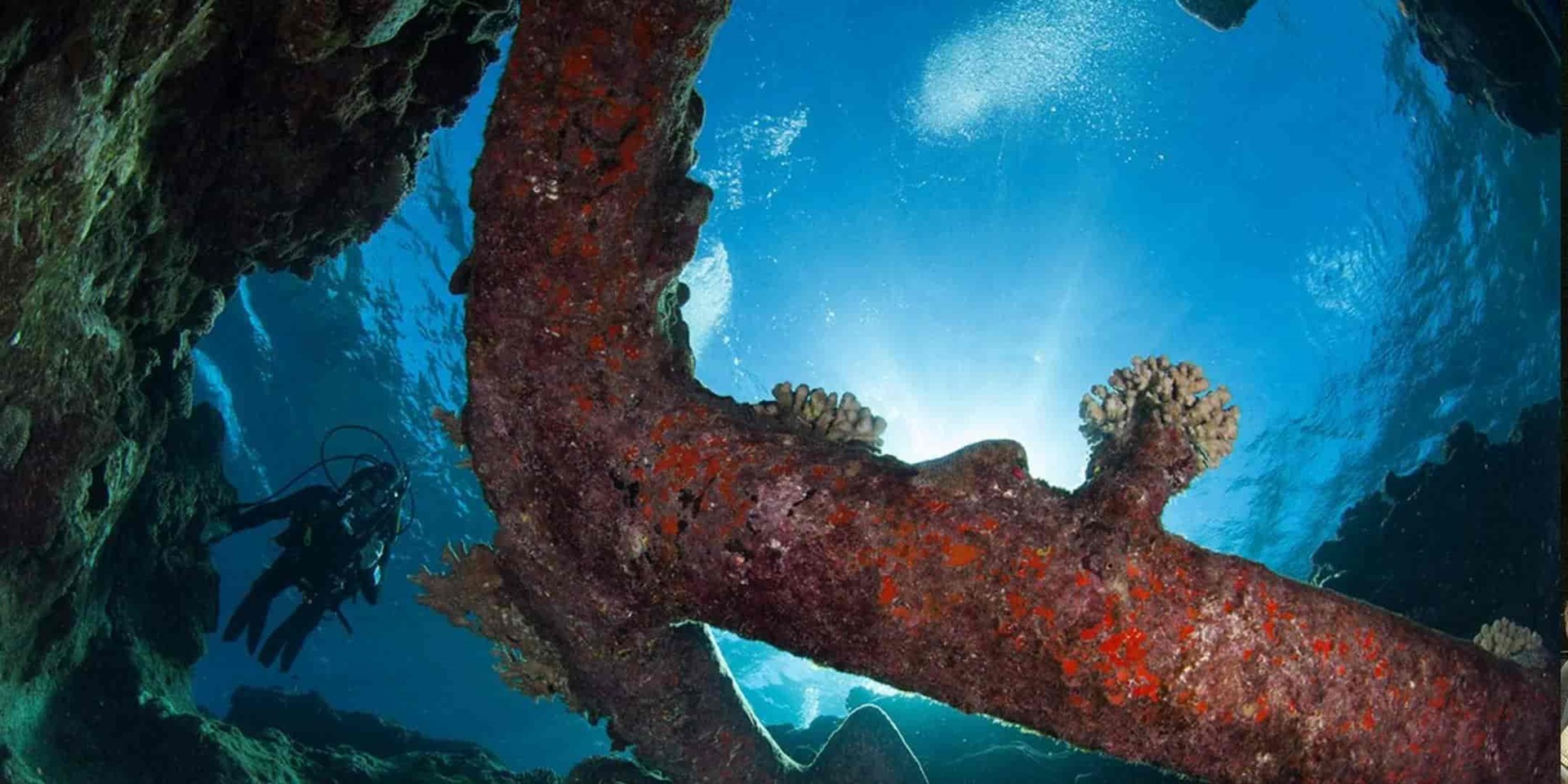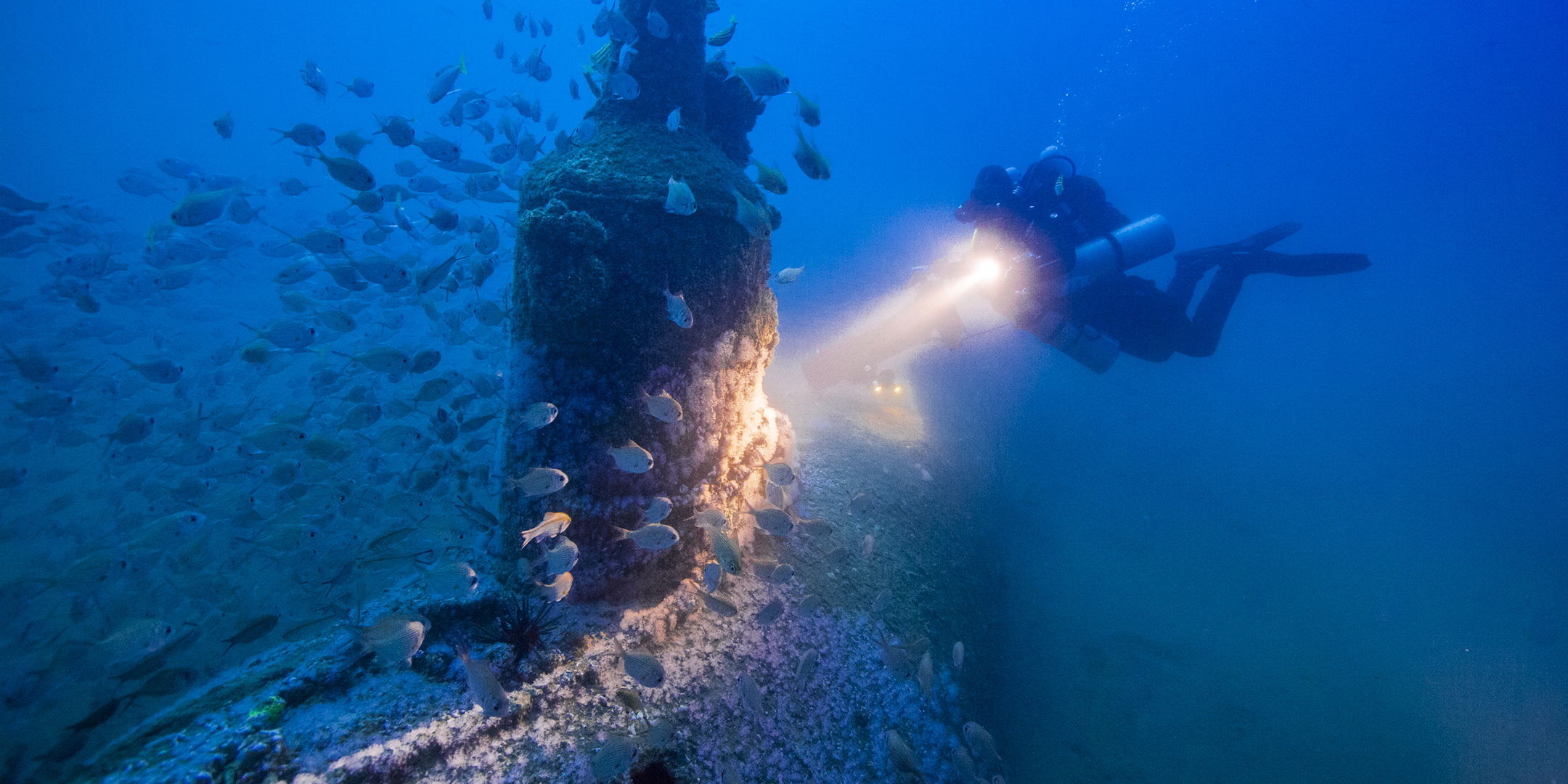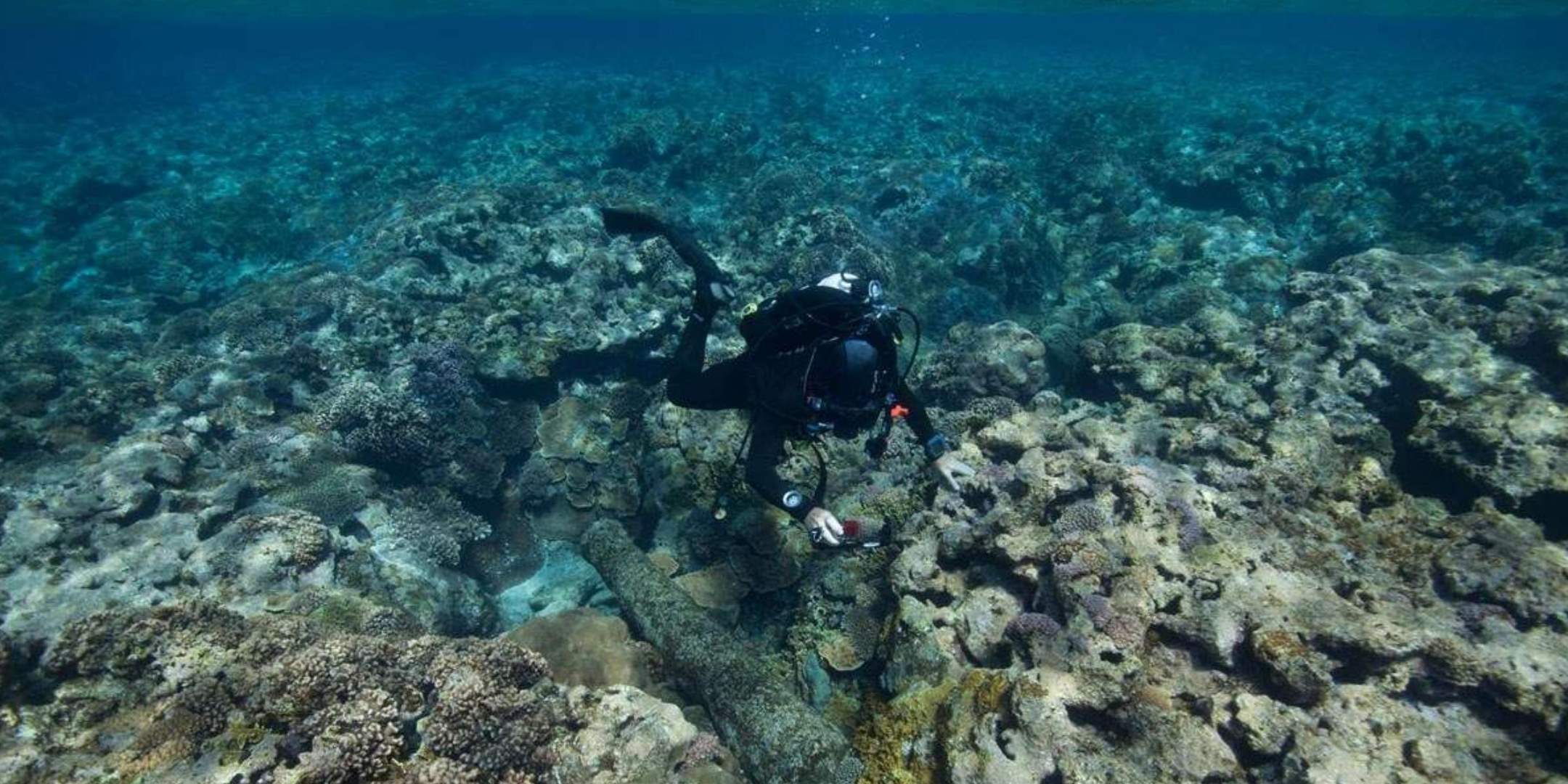
05 Apr 2017
One last discovery : Kenn Reefs expedition, days 9 and 10
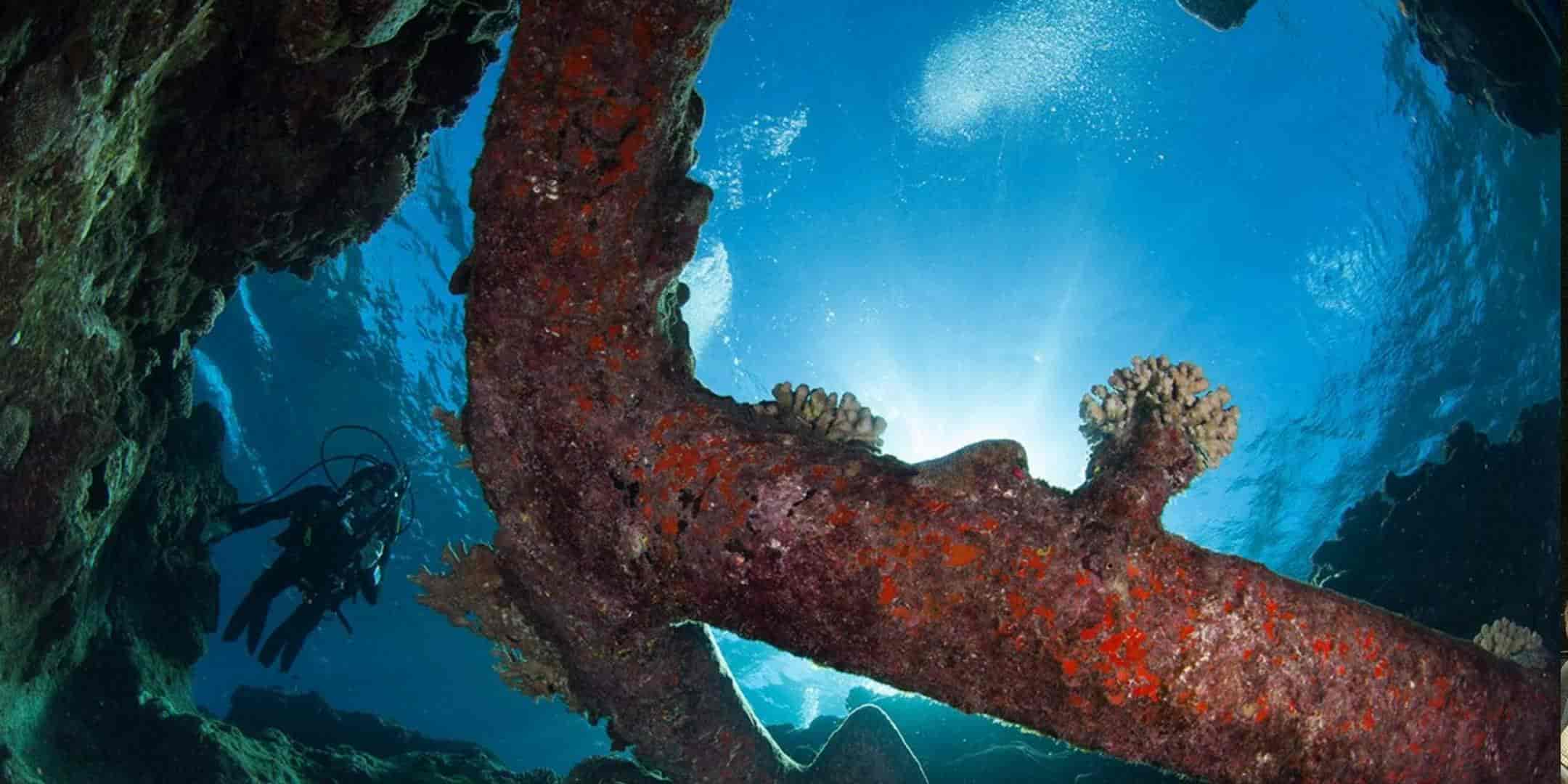
07 Mar 2017
A ringing success: Kenn Reefs expedition, days 7 and 8
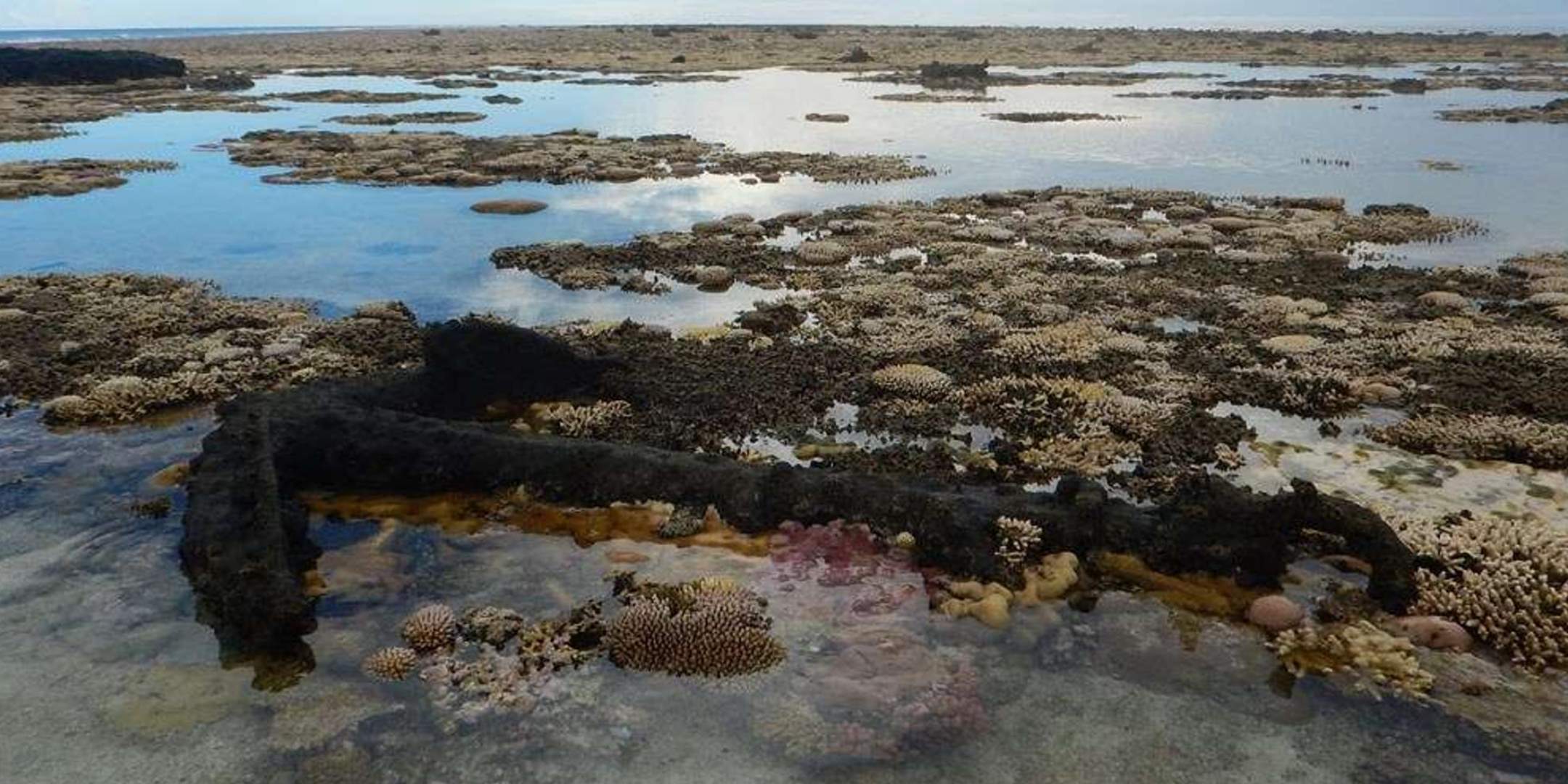
28 Feb 2017
Finding 'Hope' with a magnetometer: Kenn Reefs expedition, days 6 and 7
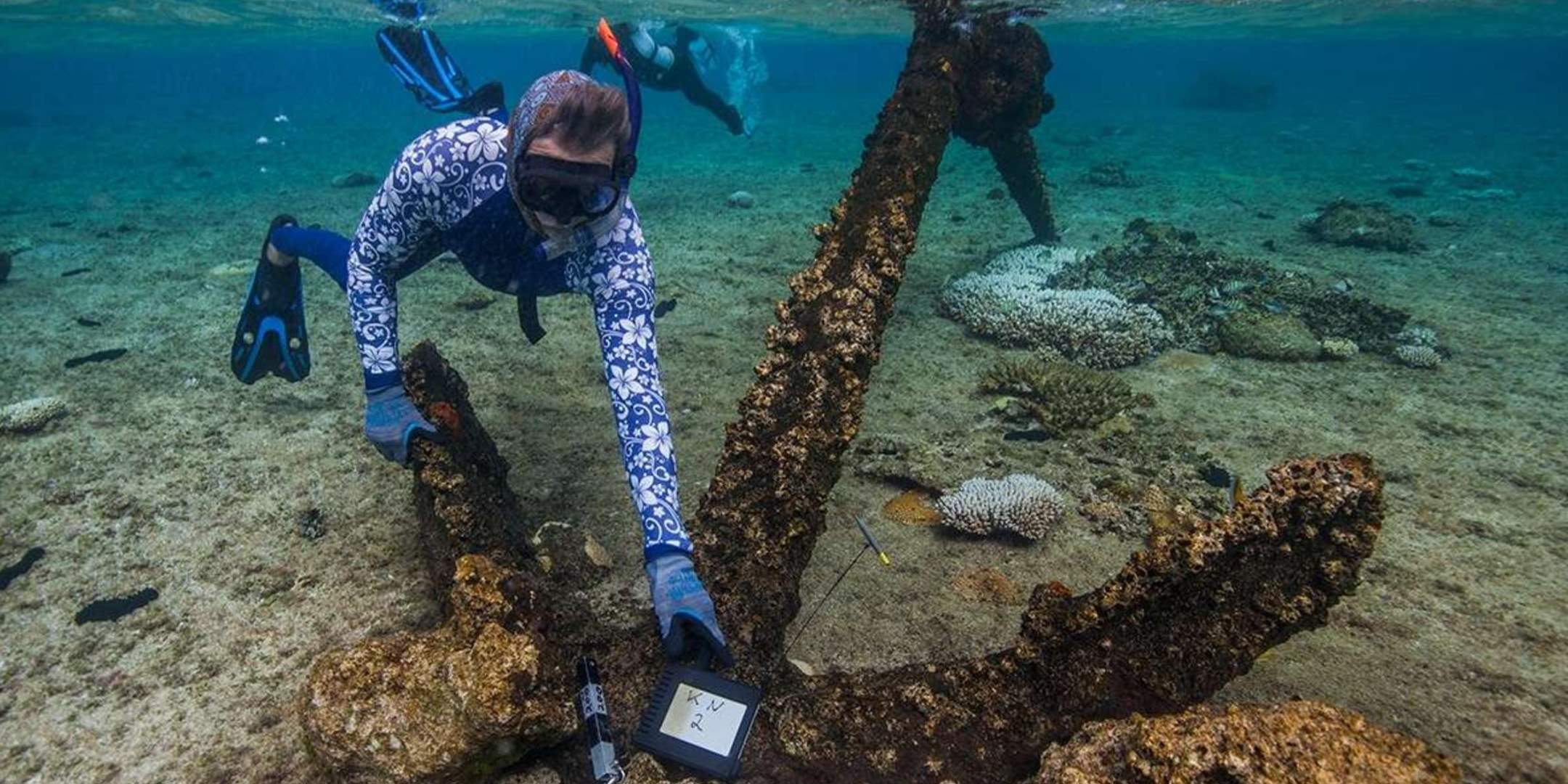
06 Feb 2017
Kenn Reefs expedition, day four (continued) and day five
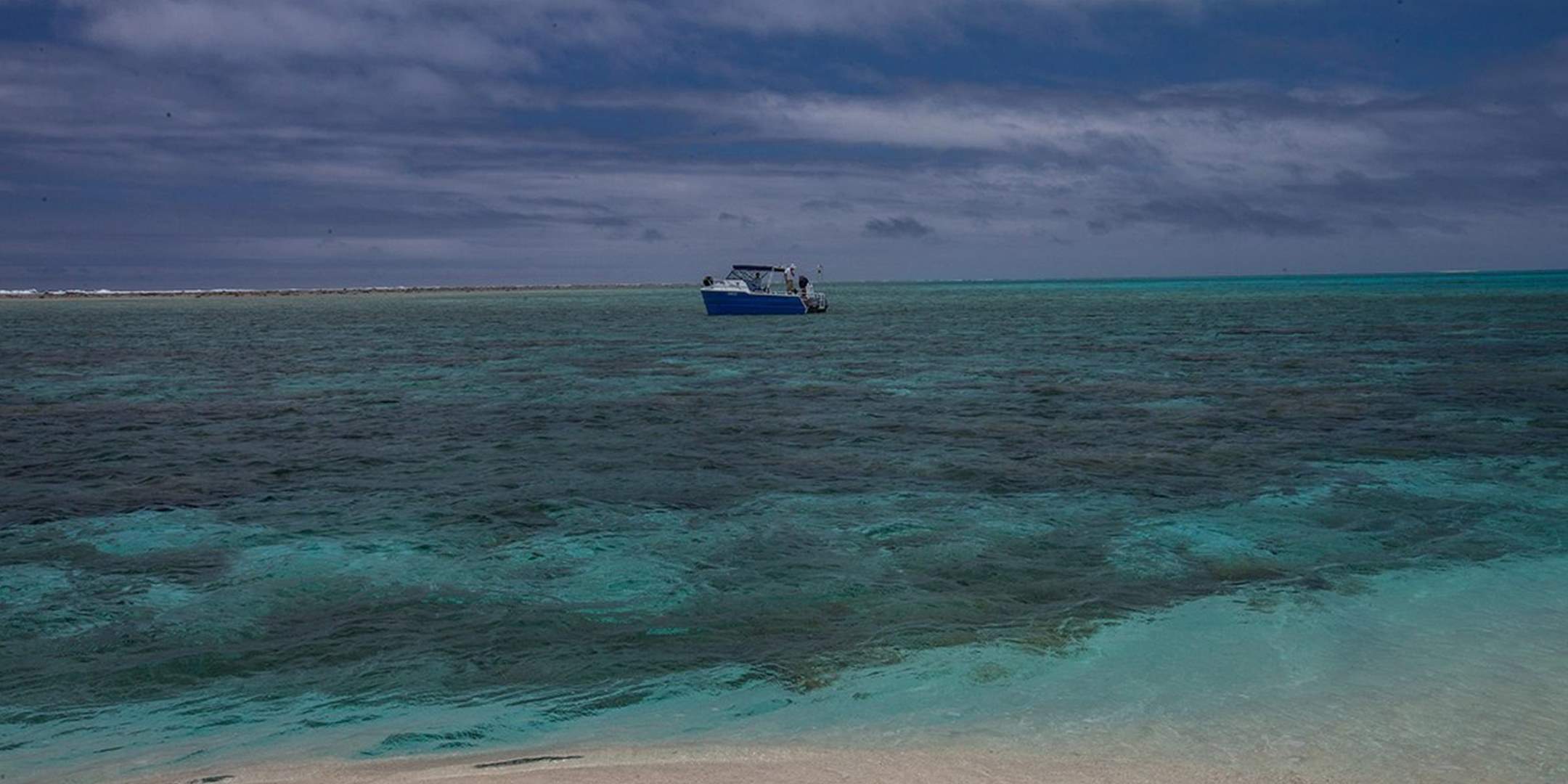
31 Jan 2017
Kenn Reefs expedition, days one through four
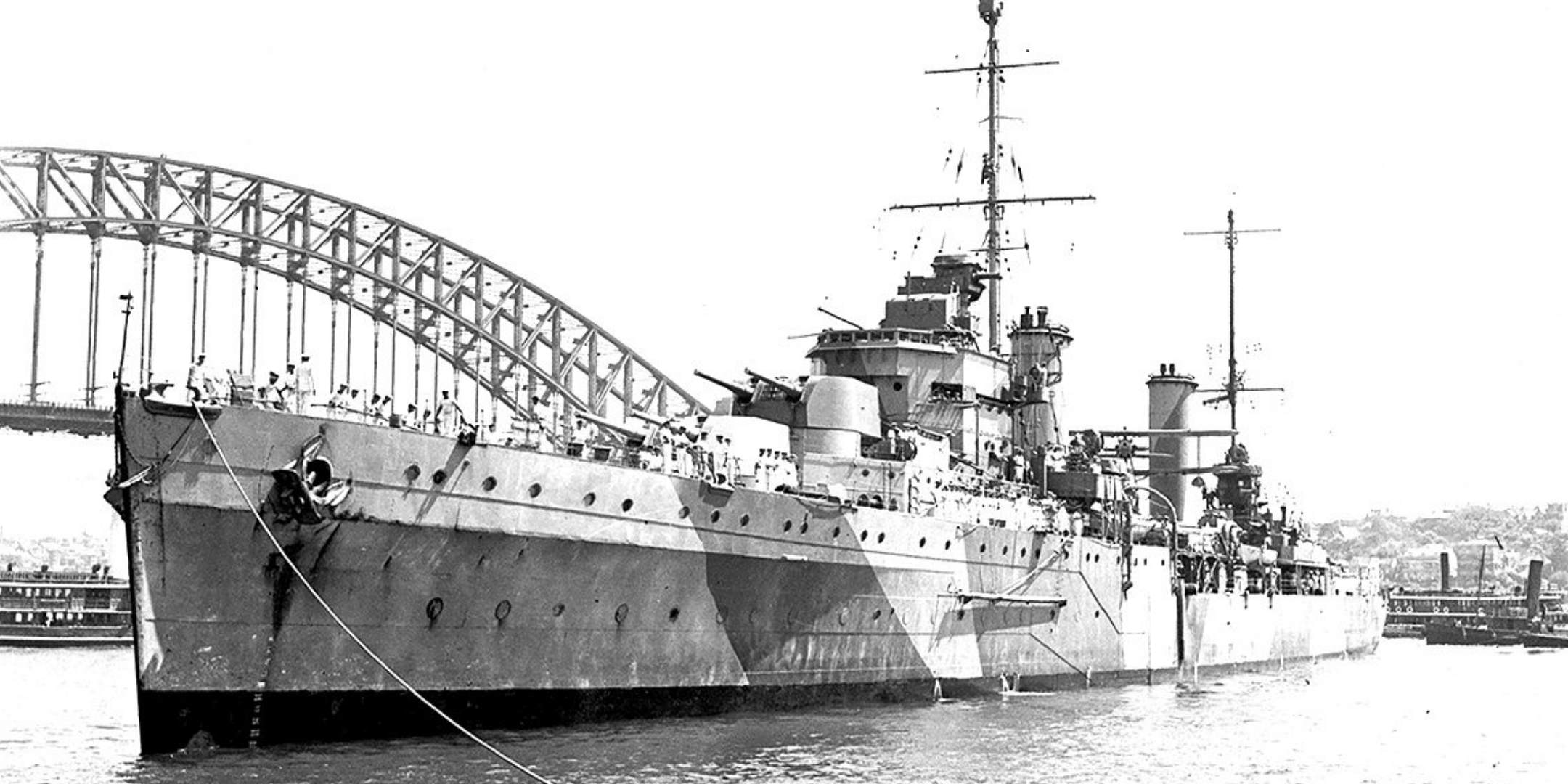
18 Nov 2016
Into the Abyss
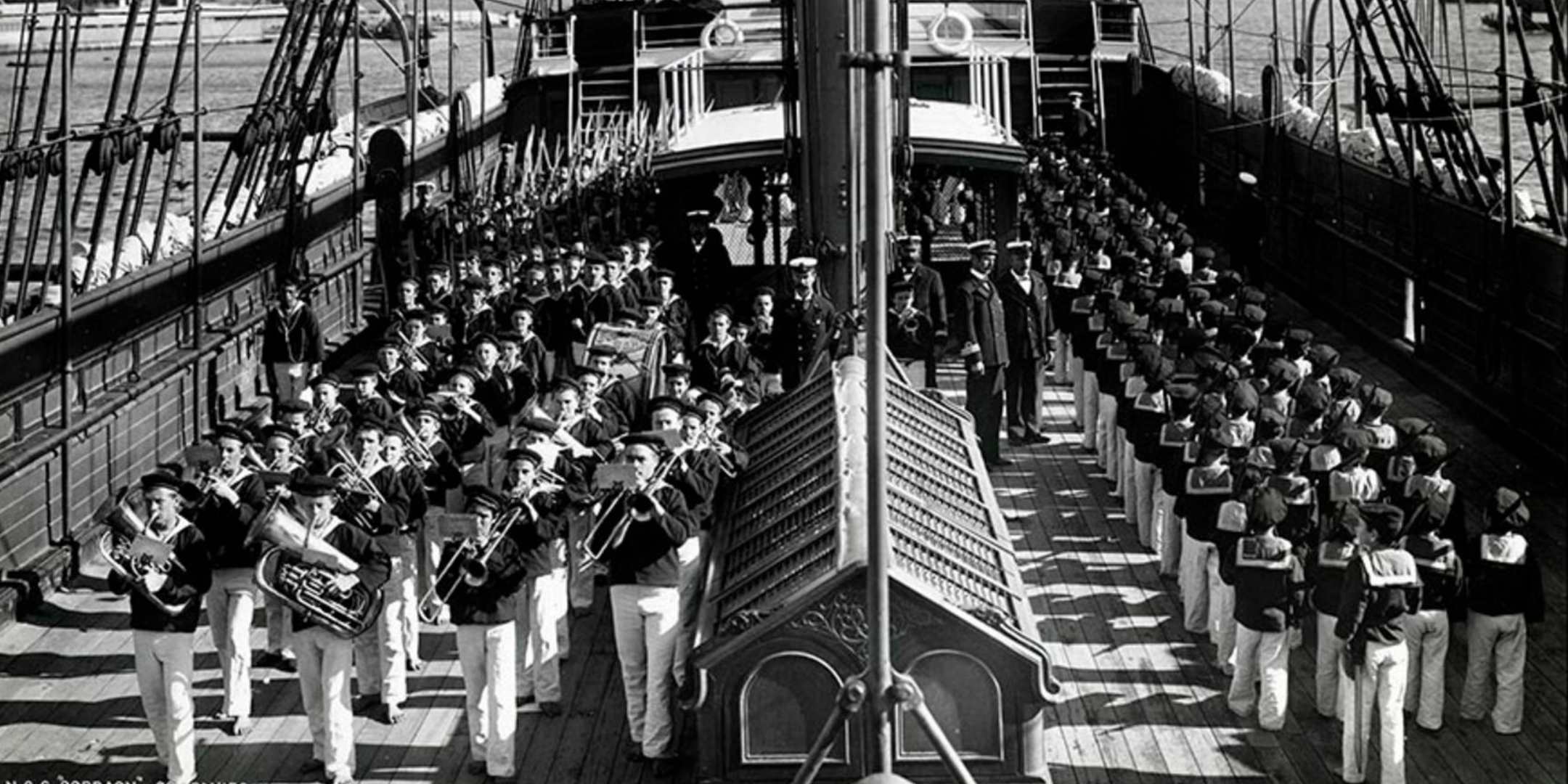
17 Oct 2016
Finding Tingira: The search for the Royal Australian Navy’s first training ship
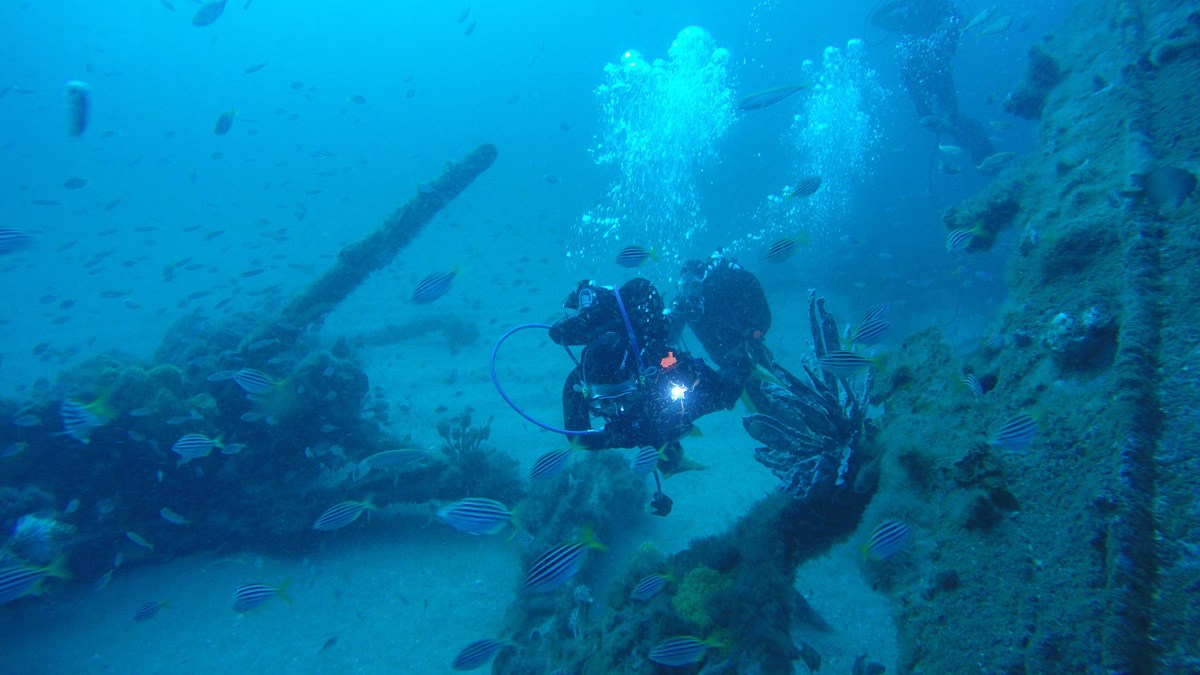
23 Aug 2016
Seals, sharks and shipwrecks: 3D mapping the Lady Darling shipwreck
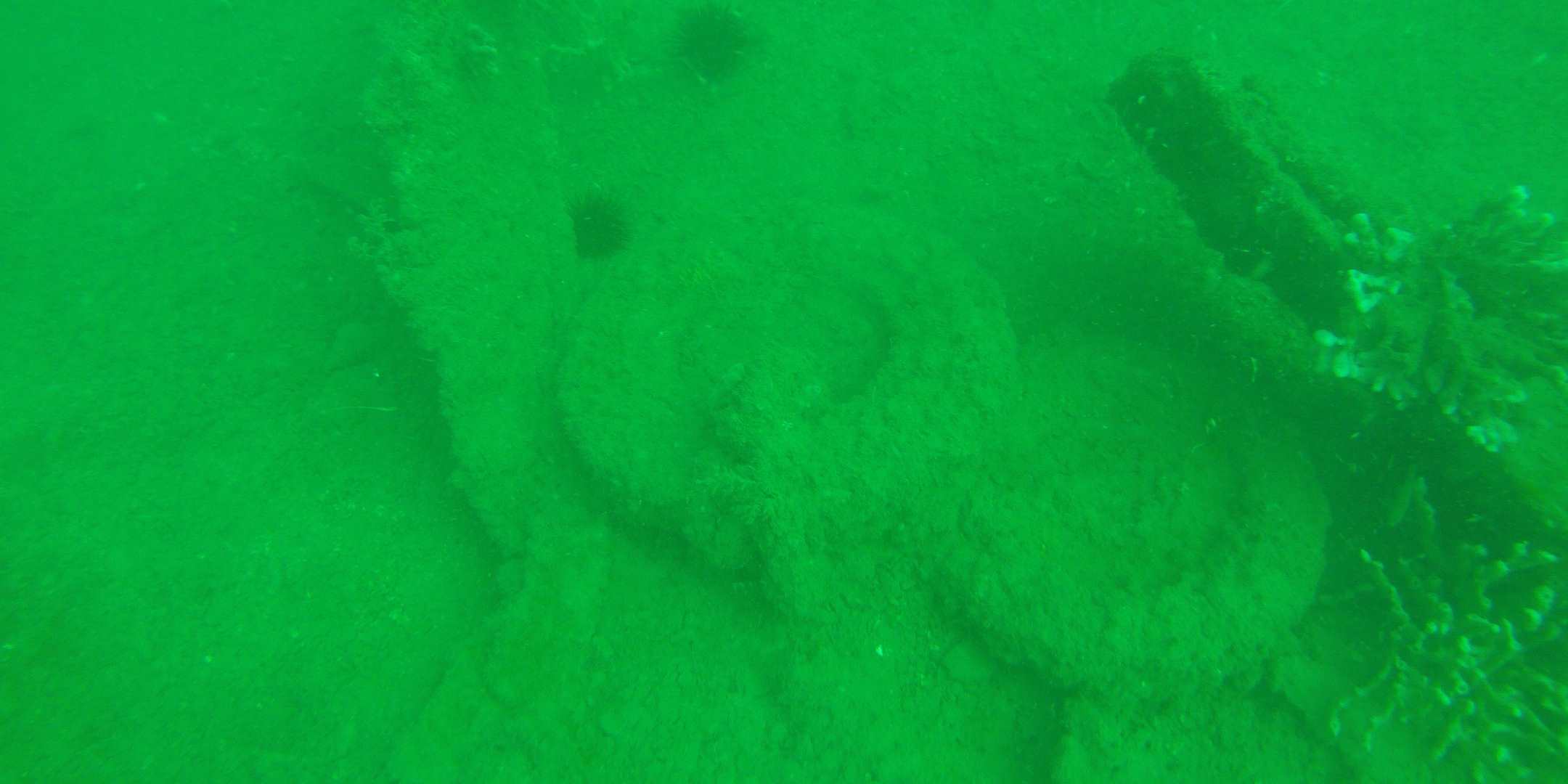
29 Jul 2016
